You’re scrolling late at night, half-planning your next trip, when it hits you—somewhere breathtaking. Maybe it’s a tucked-away waterfall in the Azores, a quiet hilltop town in Italy, or a turquoise cove in the Philippines that somehow has no tourists in sight. The music swells, the drone footage glides and the caption reads something like: “Hidden gem you NEED to visit before it gets popular.”
And just like that, you’re sold.
Social media has changed the way we travel, often for the better. It’s opened up access, made trip planning more approachable, and inspired us to dream big. However, there’s a flip side to letting algorithms guide our adventures, and it’s becoming increasingly apparent in once-peaceful corners of the world.
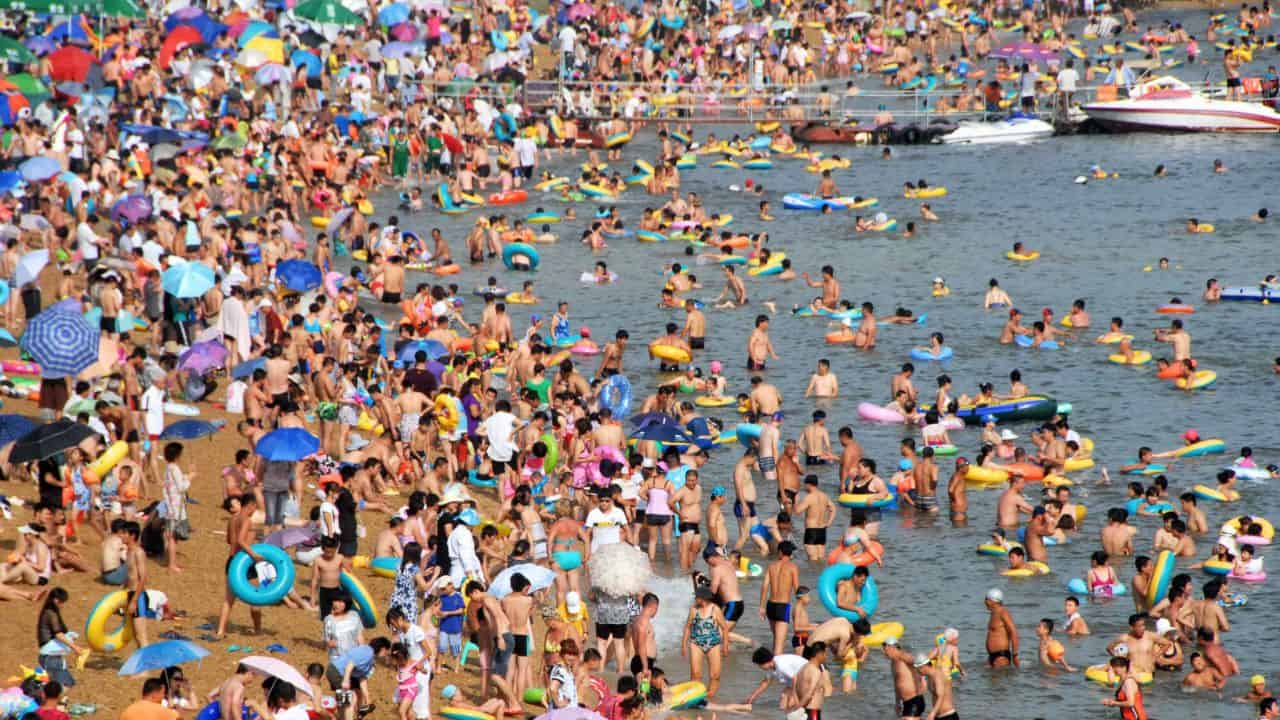 ChinaImages/depositphotos
ChinaImages/depositphotosThere’s a reason you’re seeing the same “secret” lake or “undiscovered” mountain on reels, TikToks, and posts across platforms. Social media rewards beautiful, click-worthy content, especially when it promises something exclusive.
But when thousands of people save, share, and search for the same hidden spot, it doesn’t stay secret for long and overcrowding can happen fast.
What used to be a quiet beach you had to hike to suddenly has a line of people waiting for the same Instagram shot. Local roads get jammed. Trails wear down. And the charm—the very thing that drew you in—starts to disappear.
When the Internet Shows Up First
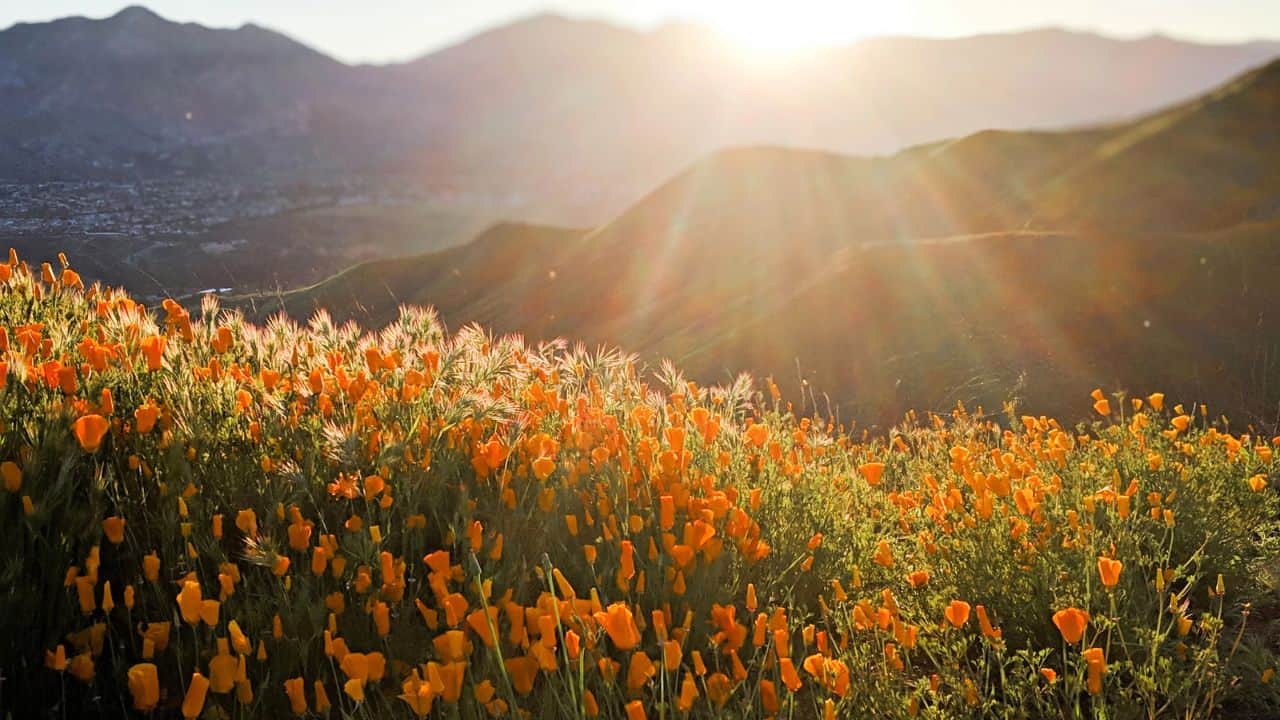 Cavan/depositphotos
Cavan/depositphotosThis trend is playing out in real destinations all over the world.
Iceland’s Fjaðrárgljúfur Canyon became an overnight sensation after a Justin Bieber music video featured its dramatic landscape. What followed was a massive surge in foot traffic, resulting in environmental damage and temporary closures to allow the area to recover.
Lake Elsinore, California, saw tens of thousands of visitors descend during a rare superbloom after the poppies went viral on Instagram. The small town wasn’t equipped to handle the crowds, leading to traffic chaos, trampled wildflowers, and emergency closures.
In Bali, once-serene temples and rice fields now have lines for photo ops, with some travelers arriving in full wardrobe changes just for content. Locals have had to install signs, fences, and even ticket booths to manage the influx of visitors.
The Pressure to Travel Like an Influencer
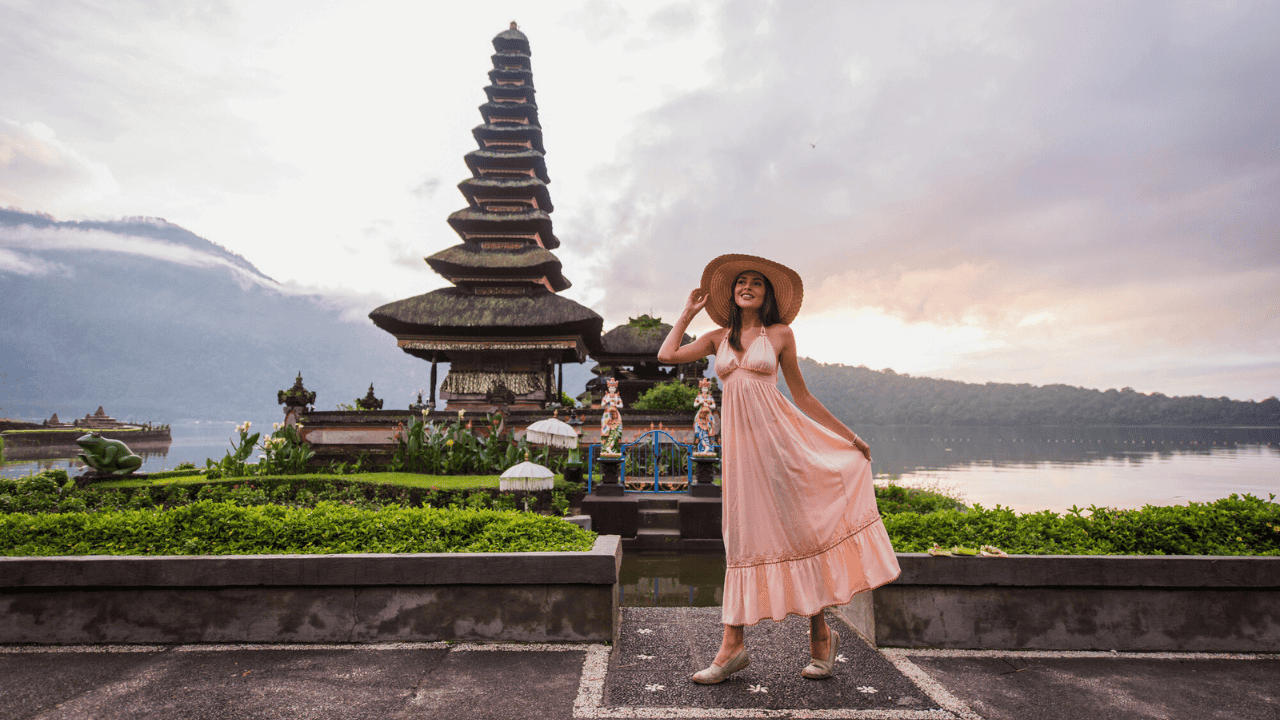 oneinchpunch/depositphotos
oneinchpunch/depositphotosIt’s easy to feel like you’re missing out if your trip doesn’t look like someone else’s feed. There’s this unspoken pressure to recreate the exact moment you saw online: the perfect sunrise, the empty viewpoint, the untouched trail. But the reality? You’re not the only one who saw that video.
Trying to chase those viral moments can lead to burnout or disappointment. The hike is steeper than expected. The “quiet café” is packed. You spend more time trying to get the shot than actually enjoying where you are.
The Local Impact is Real
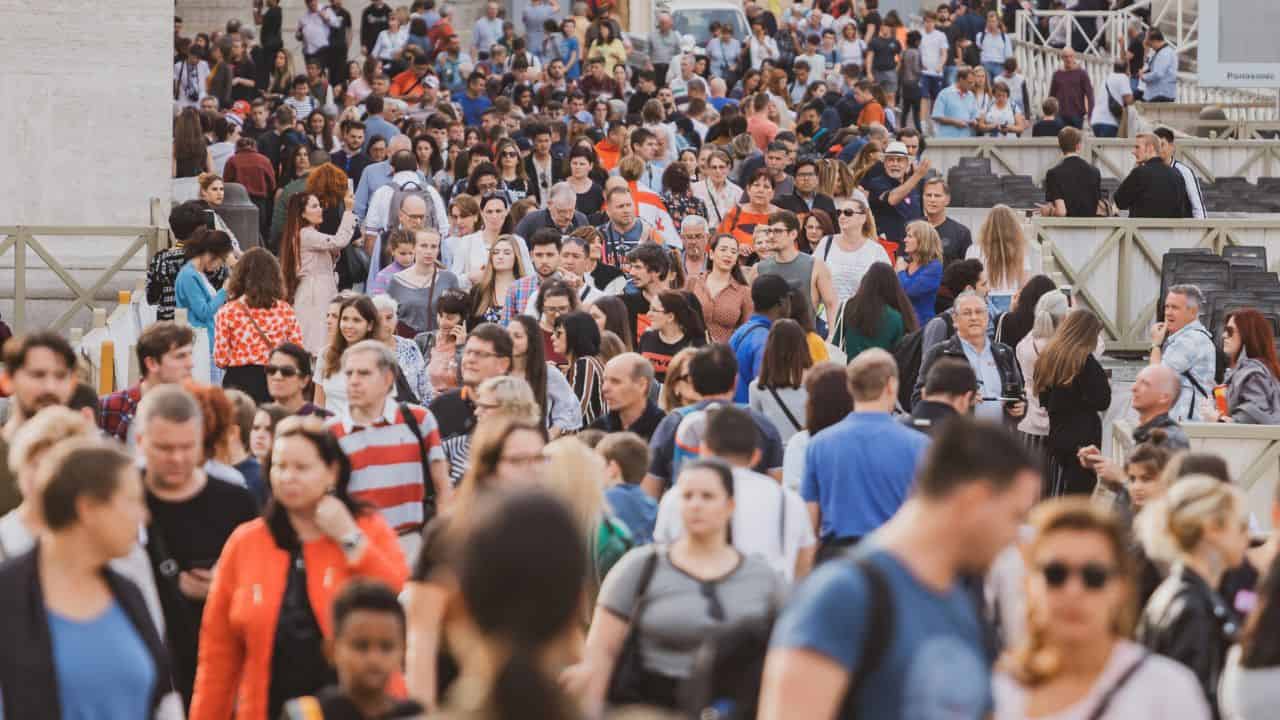 samurkas/depositphotos
samurkas/depositphotosIncreased foot traffic isn’t just a buzzkill for fellow travelers—it can cause real strain on local communities. Small towns that suddenly absorb huge crowds might not have the necessary infrastructure, waste management, or housing to keep up. Natural areas suffer when trails are widened, plants are trampled, or people leave trash behind.
In some places, locals are speaking out. They’re asking tourists to stay respectful, or in extreme cases, to refrain from coming altogether. That’s not the kind of welcome anyone wants to walk into.
Skip the Obvious, Pick the Next
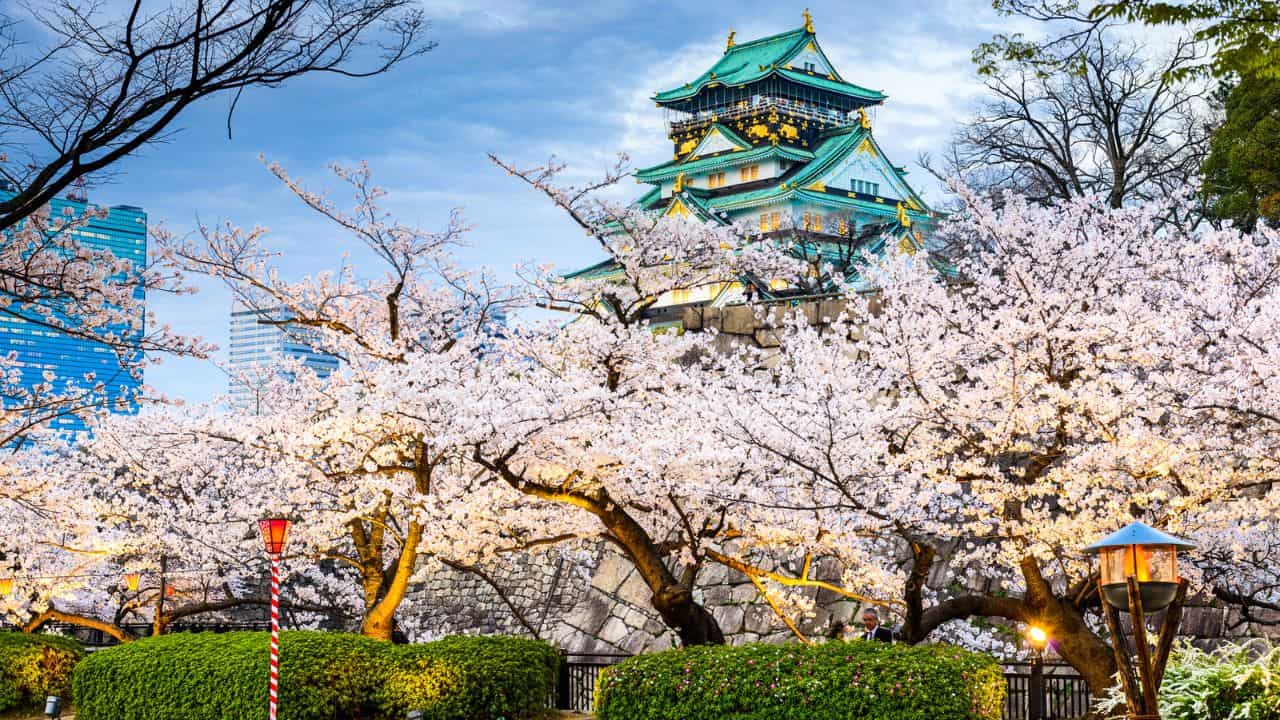 sepavone/depositphotos
sepavone/depositphotosOne simple rule can completely change the way you travel: pick the next. Instead of following the crowd to the most obvious city, go one step further—or even two.
Not Paris, go to Lyon. Not Tokyo, go to Osaka. Not Sydney, try Melbourne. These “next-in-line” cities often have just as much culture, history, and charm, but without the crowds angling for the same Instagram shot.
Sometimes, it pays to go even further down the list. Not London? Try Edinburgh. Not Zurich or Geneva? Head to Lucerne. Want French coastal charm without the tourist crush? Skip Paris and Lyon and spend time in Nice.
These places often have the same solid infrastructure, great food scenes, and rich heritage as their more famous neighbors, but with a more relaxed pace and a stronger sense of local identity. You’ll meet people who aren’t tired of tourists. You’ll take in views without a dozen phones in the air. And most importantly, you’ll be present in the experience.
Make Your Travels Yours
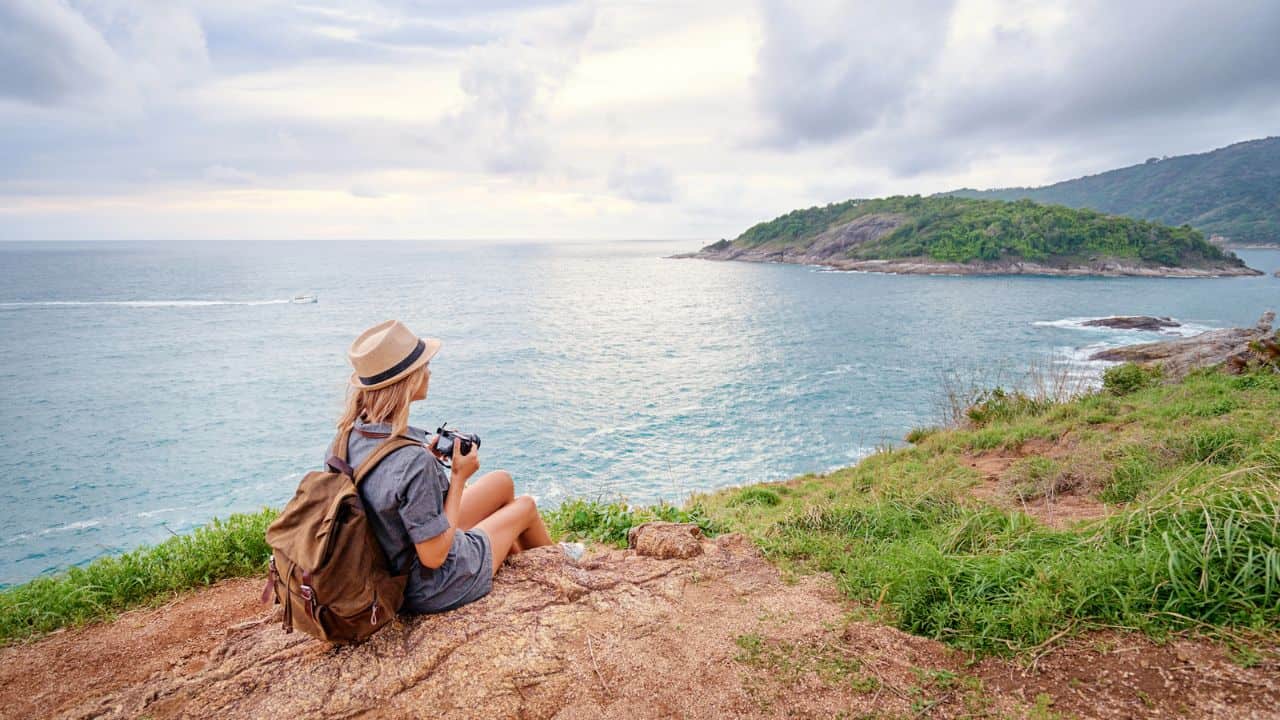 luengo_ua/depositphotos
luengo_ua/depositphotosThere’s nothing wrong with letting social media spark ideas. But the most meaningful travel moments rarely go viral. They happen when you’re fully present, when you follow your curiosity, when you leave space for surprise.
Try seeking out places that aren’t trending. Talk to locals, read up on lesser-known regions, or revisit the travel books and blogs that prioritize storytelling over viral lists. And if you do visit somewhere special, consider not geotagging that exact location—or at least think twice before labeling it a “hidden gem.”
After all, the best stories aren’t the ones with the most likes. They’re the ones that stay with you.

Chelsea DeAngio
Writer, MBA at Wander Worthy
Chelsea DeAngio is a freelance writer based in Greensboro, NC. Inspired by a rootless childhood as a Navy brat, she enjoys traveling every chance she gets. Pop culture often drives her trips. Whether channeling her inner Lady Mary at Highclere Castle in the UK or noshing on nachos at Showgirls filming locations in Vegas, Chelsea is always in search of a little silver screen glitz.

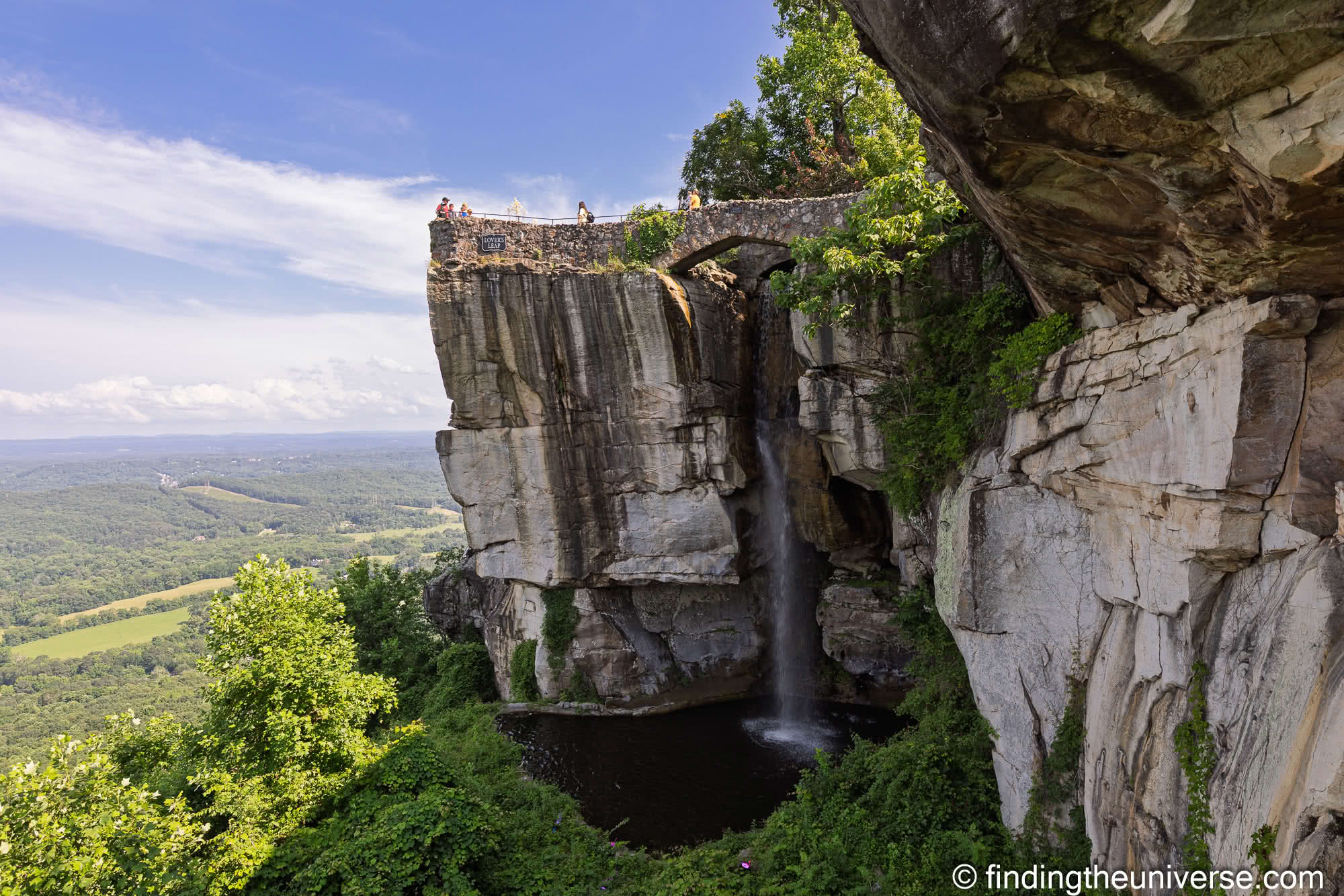
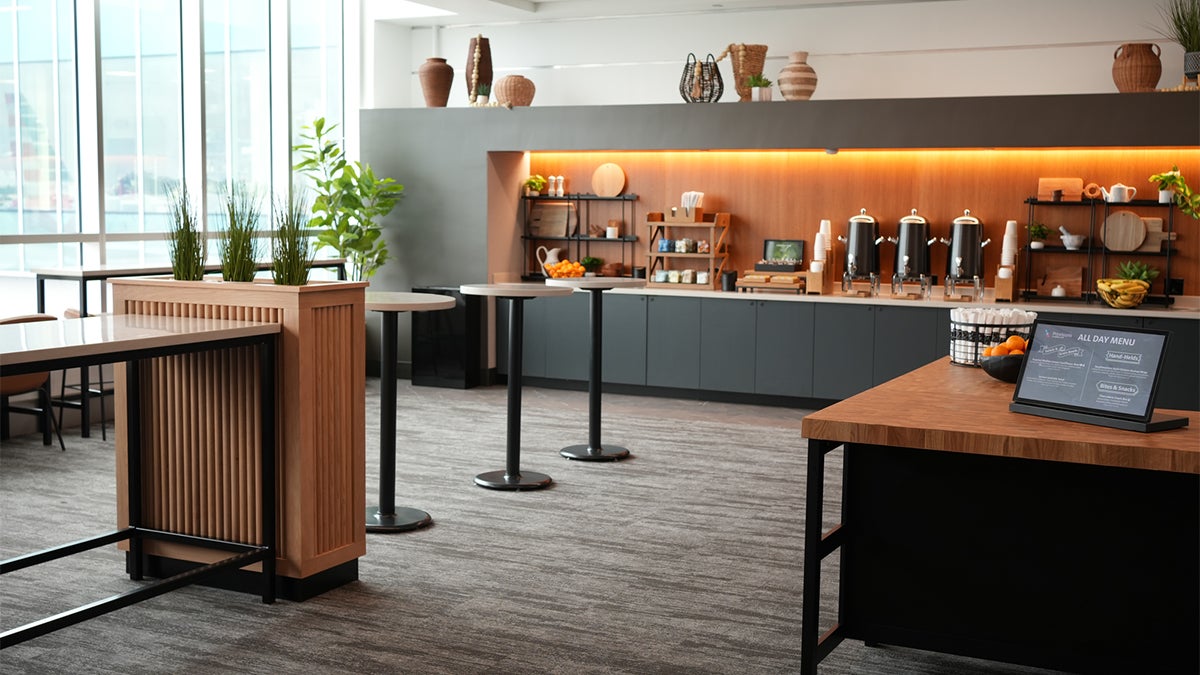






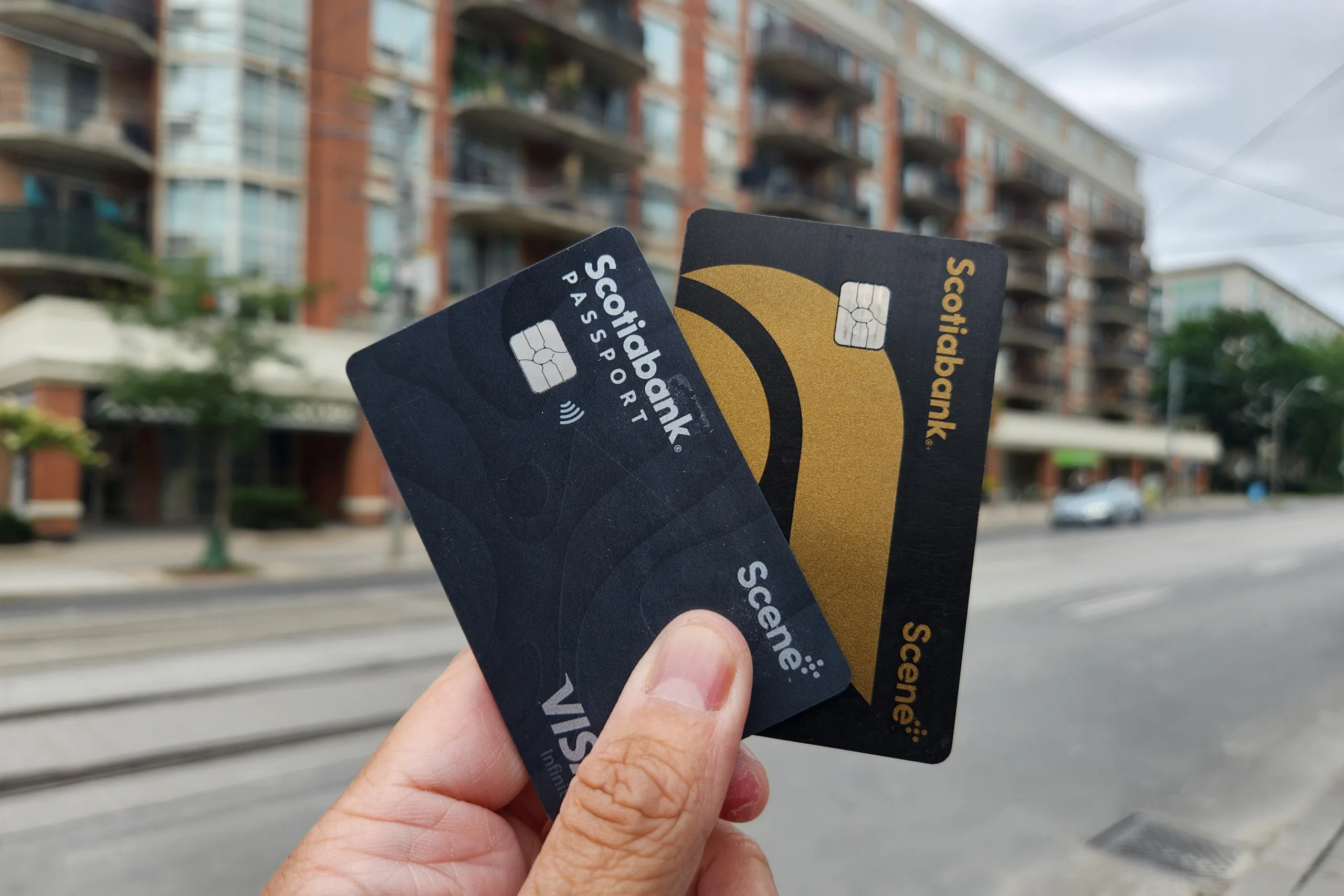
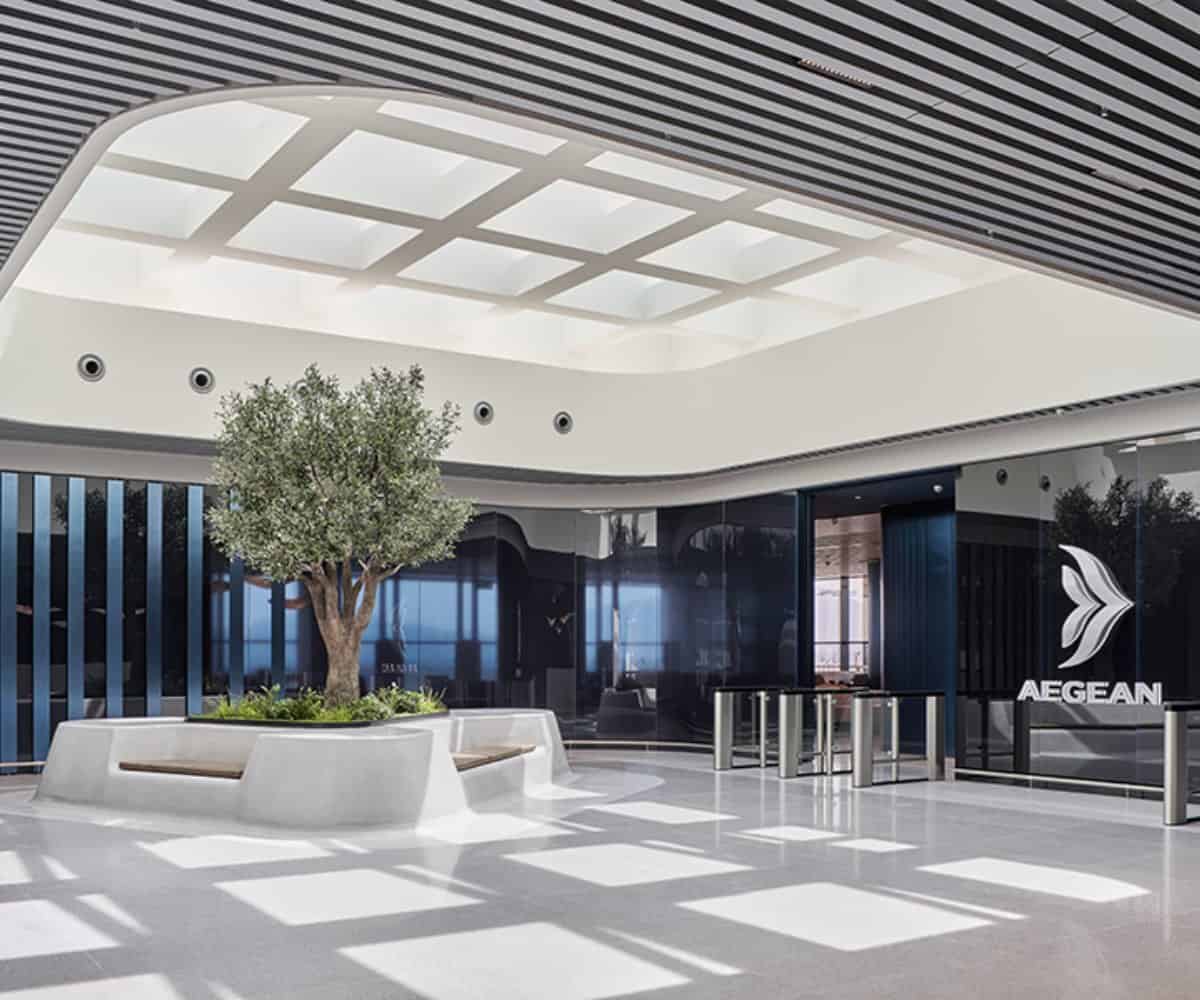
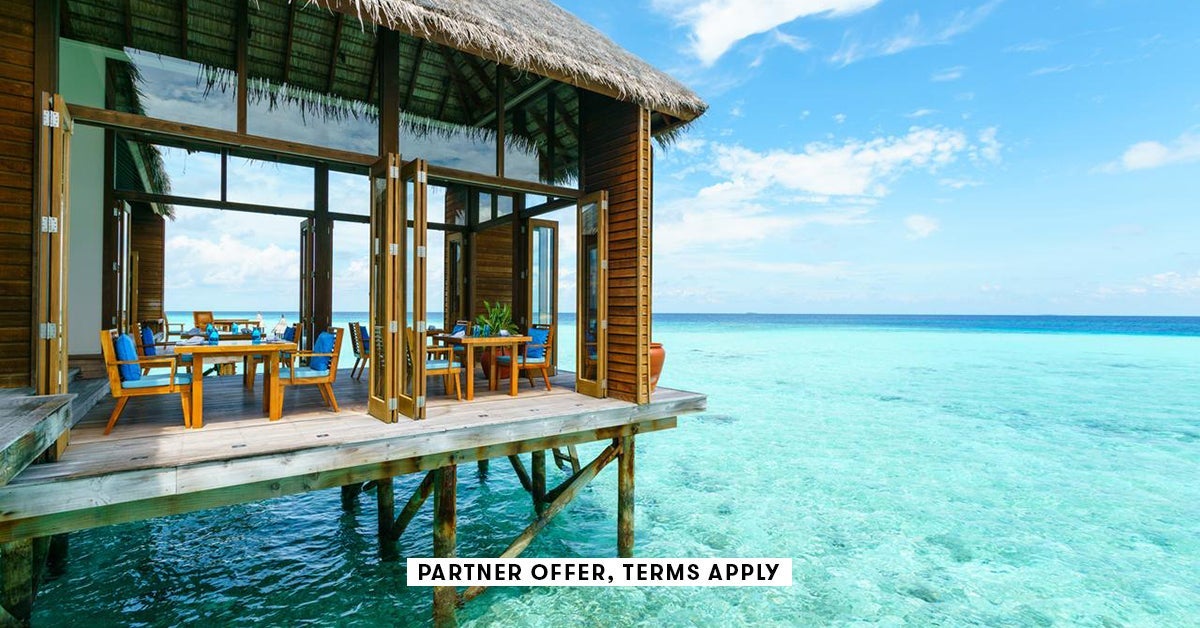
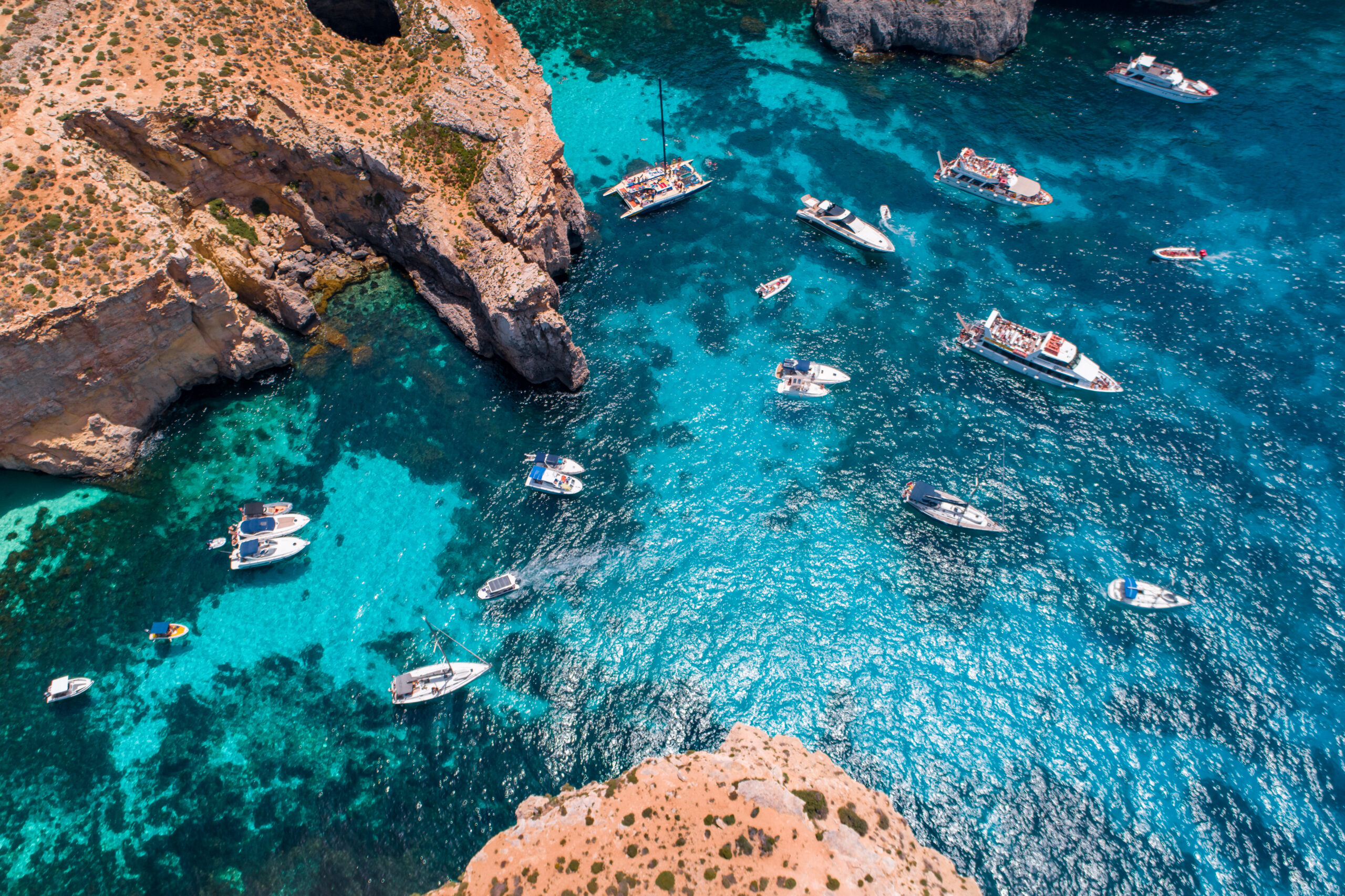
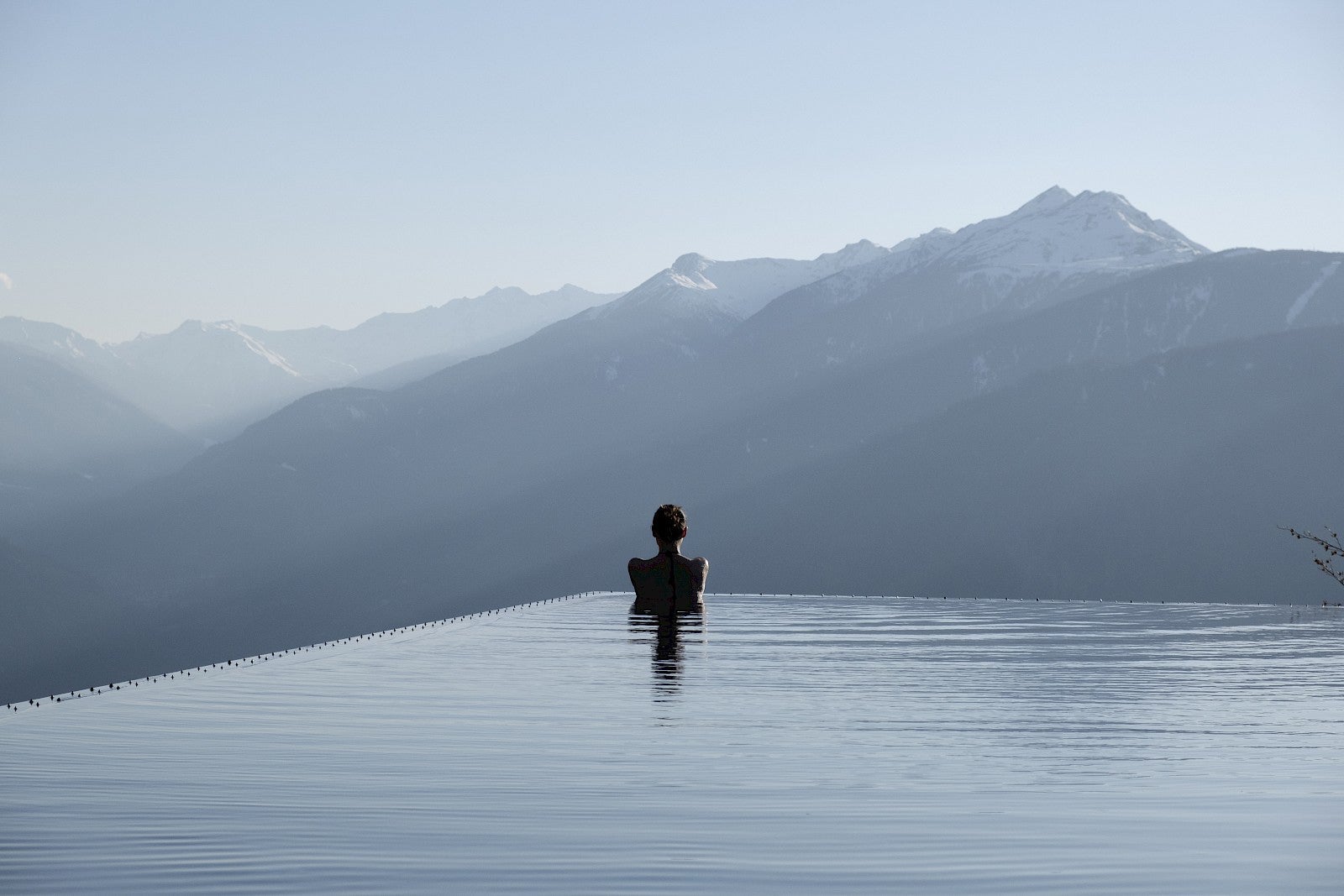
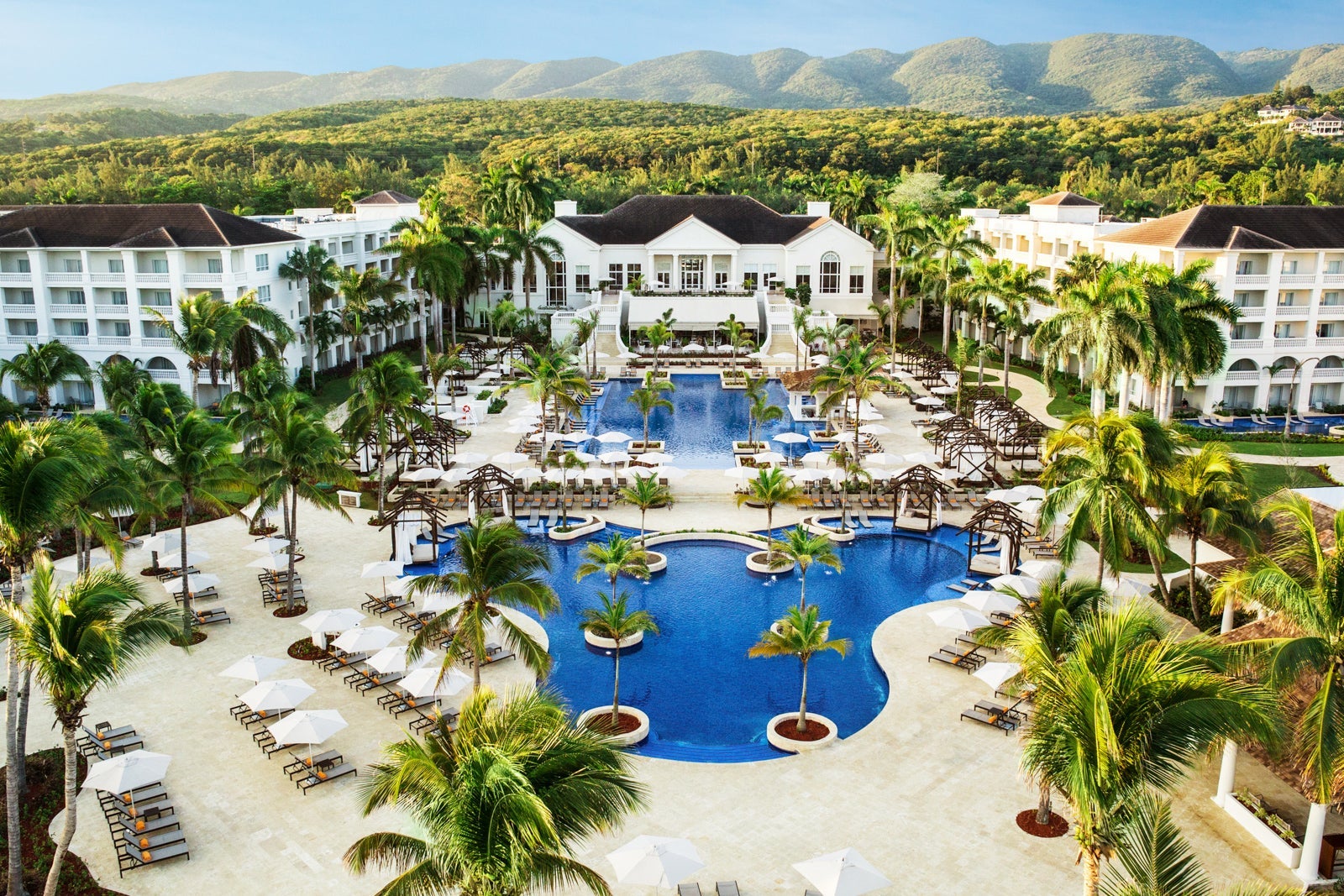
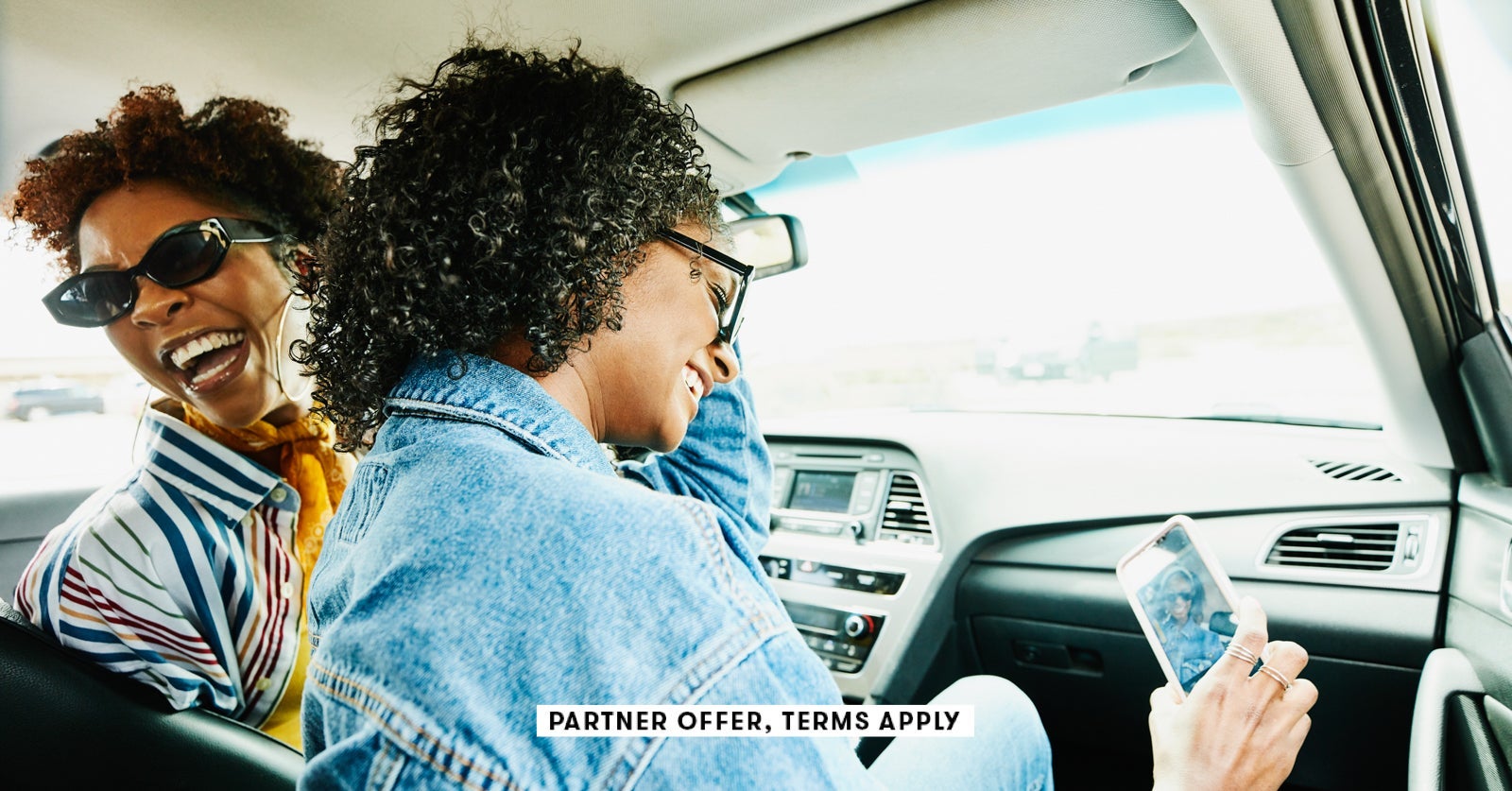
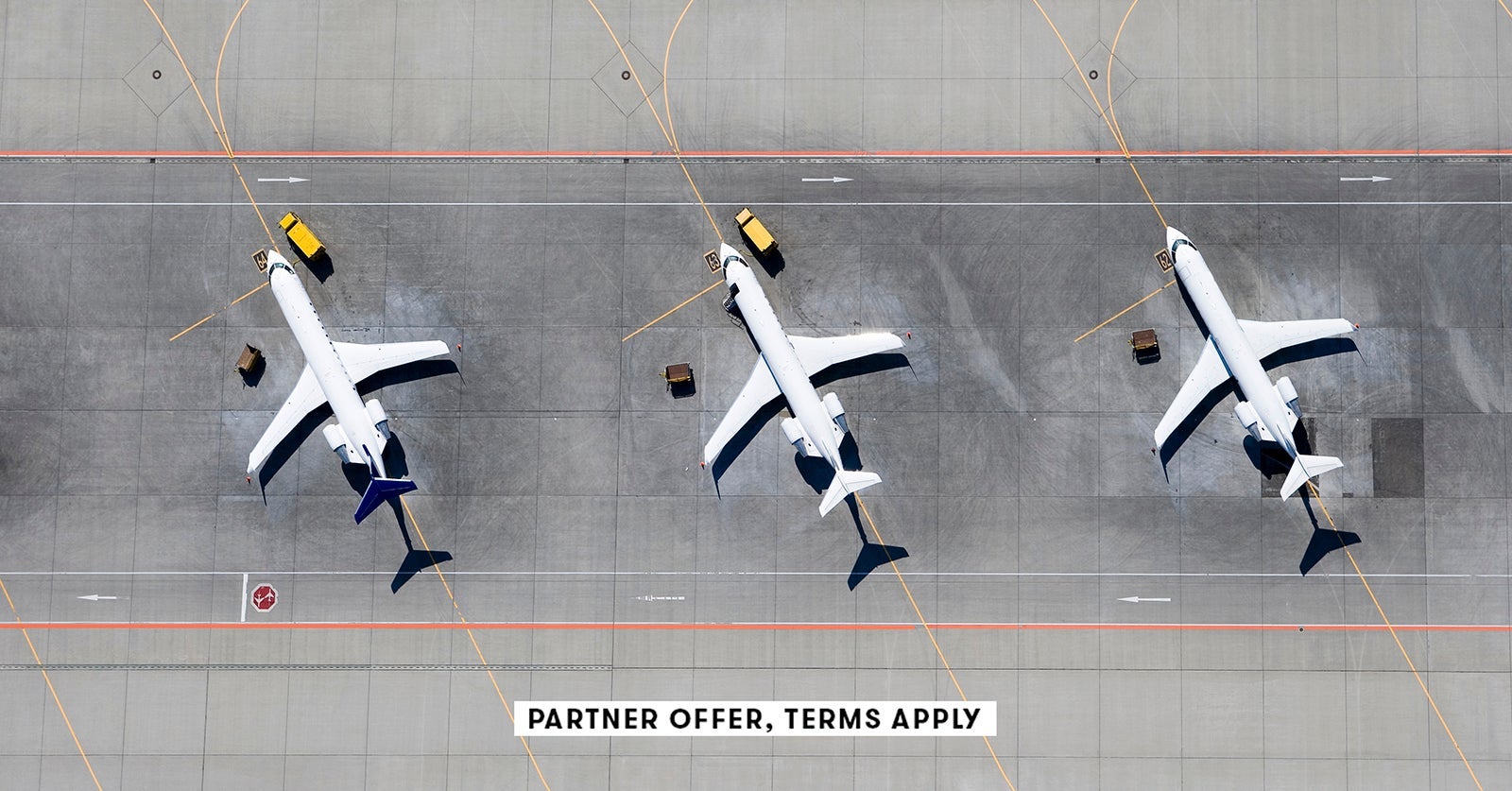
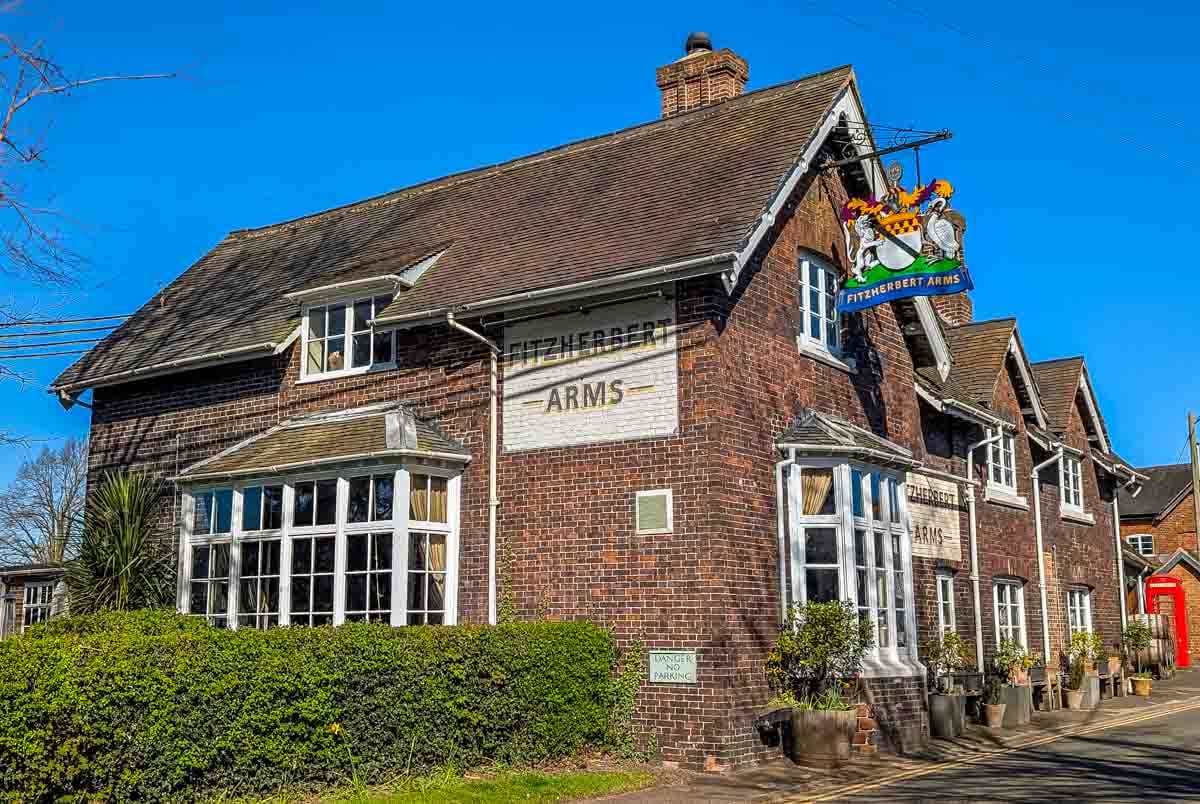

 English (US) ·
English (US) ·